4000-Year-Old Dental Sample Helped Researchers find that Bronze Age People in Thailand used to Chew Betel Nuts
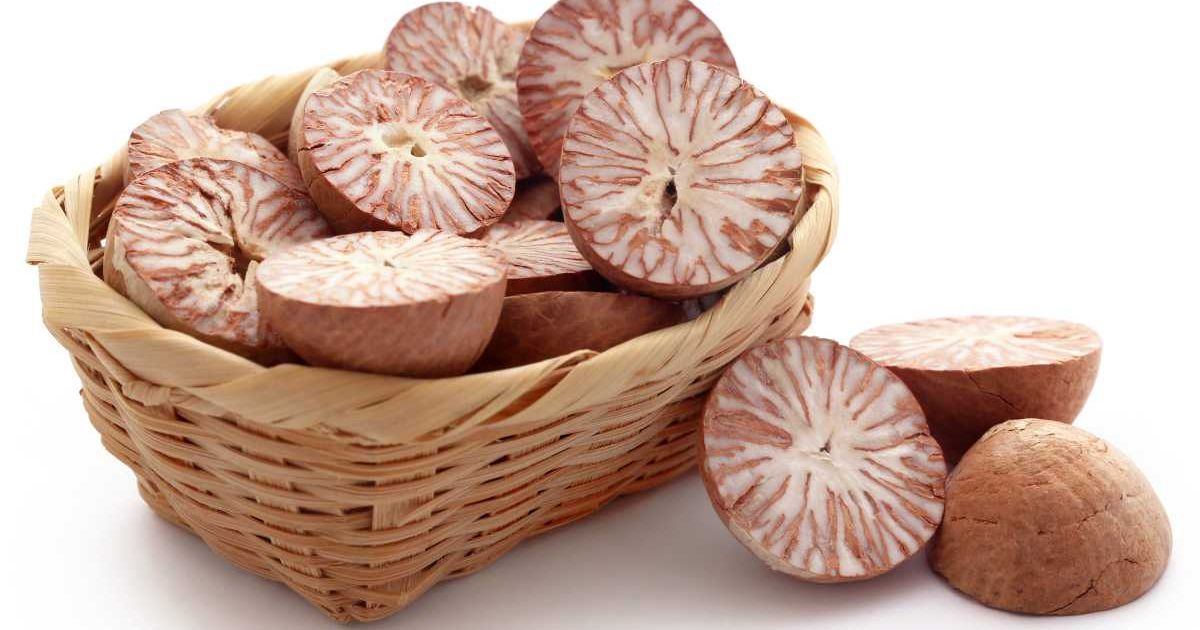
Chewing betel nuts seems to have been a human practice since the Bronze Age. Evidence regarding this was recently discovered through dental calculus samples from an individual buried in Nong Ratchawat, a site in central Thailand. The method of investigation used for these samples and results is published in the journal Frontiers in Environmental Archaeology. The examination indicated that the individual did consume betel nuts. However, some anomalies in the findings stunned the team, making them speculate that how present-day humans chew betel nuts was not how their past counterparts consumed the substance.
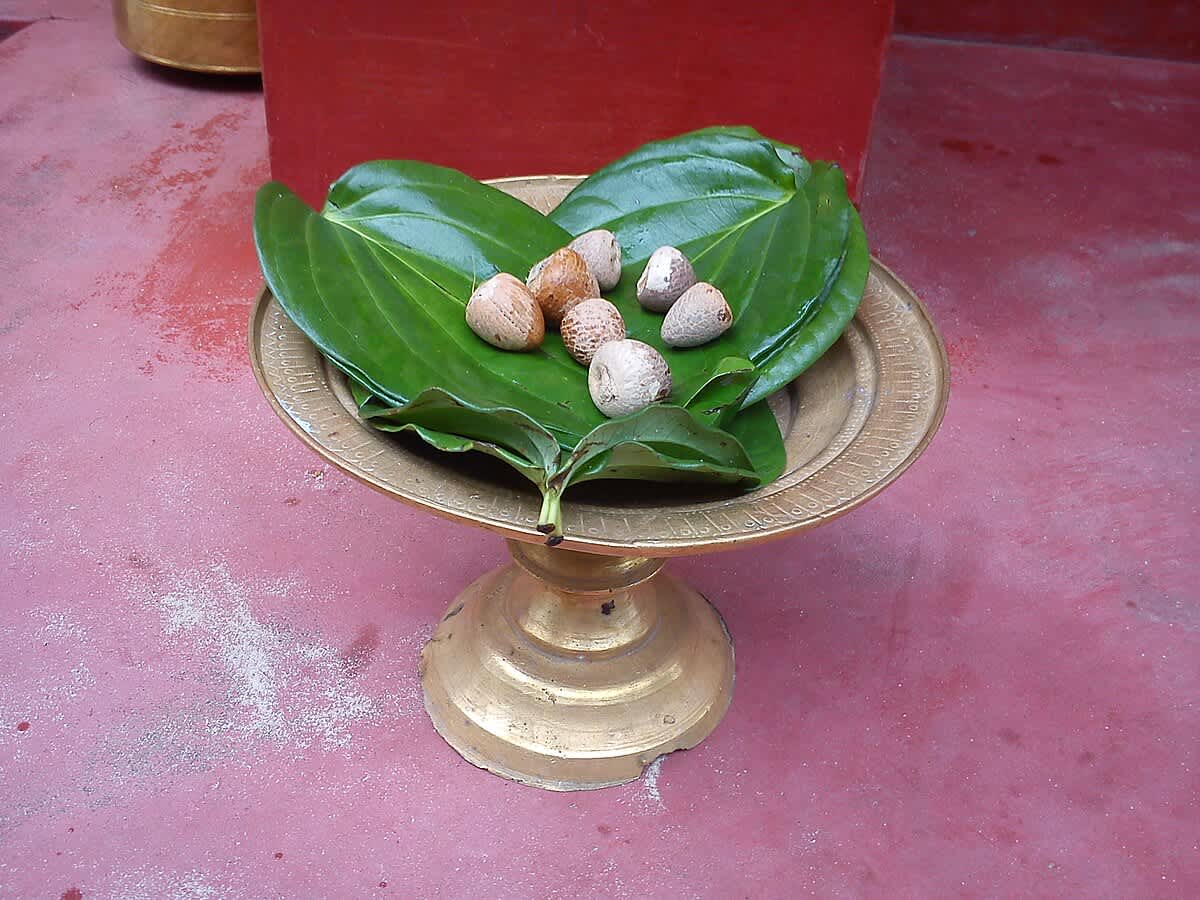
Betel Nut Chewing in the World
Betel (Piper betle) is a native crop from Southeast Asia, and is mostly used as a narcotic substance by people, and sometimes as an antibacterial handwash, according to ZME Science. Around 10% of the world's population practices betel chewing, even though it has been determined to be damaging to health by experts. The evidence from Nong Ratchawat suggests that the practice of consuming betel nuts was at least 4,000 years old in human history.
Past examinations have shown that the plant can impact an individual's alertness, relaxation, euphoria, and energy, according to Science Daily. It is also a vital component of several social and cultural traditions worldwide. The narcotic also leaves a visible impact on a user's teeth in the form of stains, which are dark, reddish-brown to black.
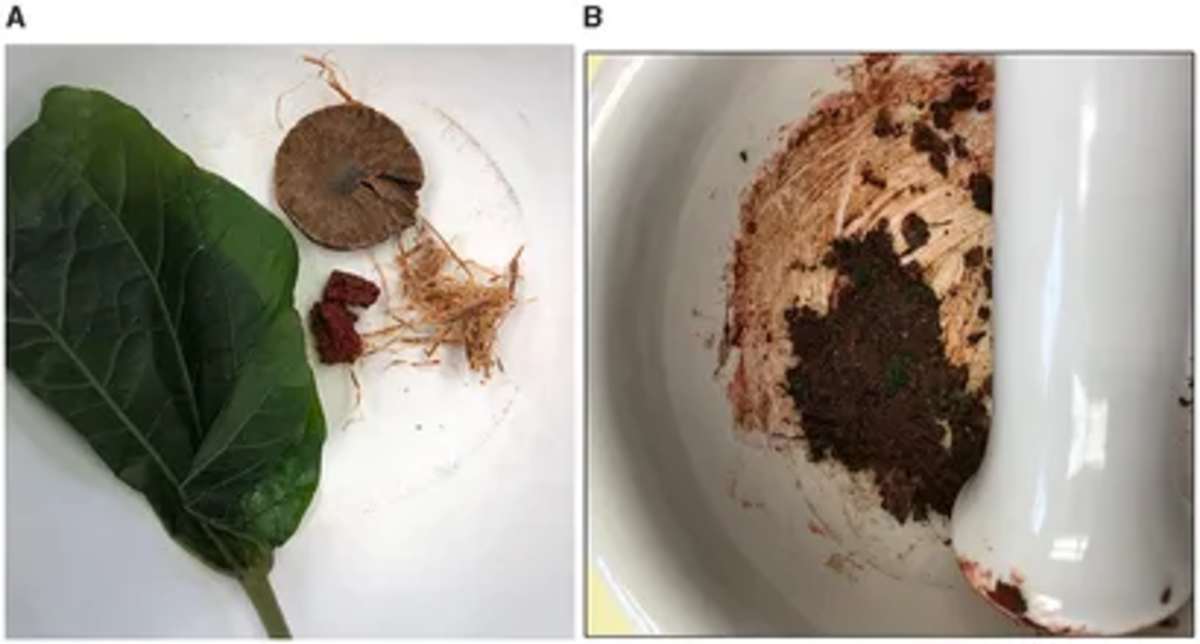
Examination of Teeth
For the study, the team extracted 36 dental calculus samples from six individuals buried at Nong Ratchawat. In a laboratory, they removed tiny quantities of plaque from the samples. The chemical residues from the plaque then underwent examination. The team used personally produced betel liquid samples during the investigation to ensure accurate detection of psychoactive compounds in the chemical residues.
"We used dried betel nut, pink limestone paste, Piper betel leaves, and sometimes Senegalia catechu bark and tobacco. We ground the ingredients with human saliva to replicate authentic chewing conditions," lead author Dr Piyawit Moonkham, an anthropological archaeologist at Chiang Mai University in Thailand, shared. "Sourcing materials and experimentally 'chewing' betel nuts to create authentic quid samples was both a fun and interesting process."
![Coloured areca nuts [Areca catechu] in the market (Representative Image Source: Wikimedia Commons | Photo by LBM1948)](http://d6ehjqrqtzoun.cloudfront.net/851111d2-204a-44cf-a5bc-356f4ce0710a.jpg)
The team heavily concentrated on biochemical interactions between ingredients in their testing subject. The results indicated the presence of arecoline and arecaidine in three samples from the molar of the same 4,000-year-old individual buried at the site. These organic compounds are present in betel nuts and supposedly play a role in psychologically impacting users. It implied to researchers that the individual consumed beetle nuts. These compounds are also found in items such as coffee and tobacco.
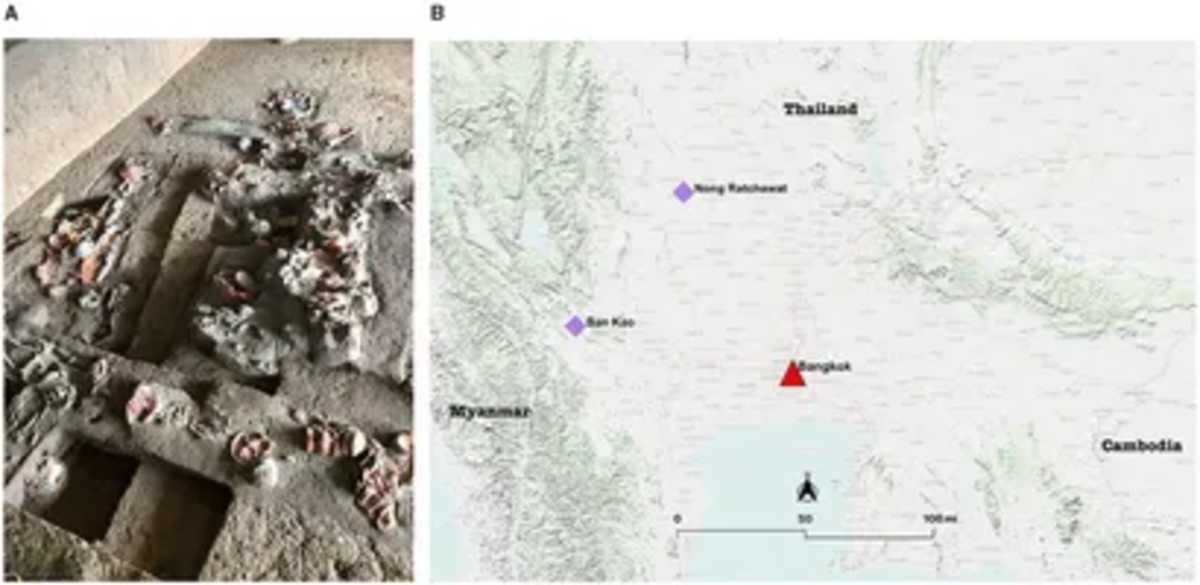
Insights from the Findings
If the assertions are true, then it is the oldest biomolecular evidence of betel nut use in Southeast Asia. The discovery also sheds light on the capability of dental calculus to store chemical signatures of psychoactive plants for a long time. "In essence, we've developed a way to make the invisible visible -- revealing behaviors and practices that have been lost to time for 4,000 years," Dr Shannon Tushingham, the senior author and associate curator of anthropology at the California Academy of Sciences, added. The fact that the betel nut compounds had been detected in this individual's dental calculus suggested that the man had been consuming the substance regularly. Occasional use cannot result in such an incorporation.
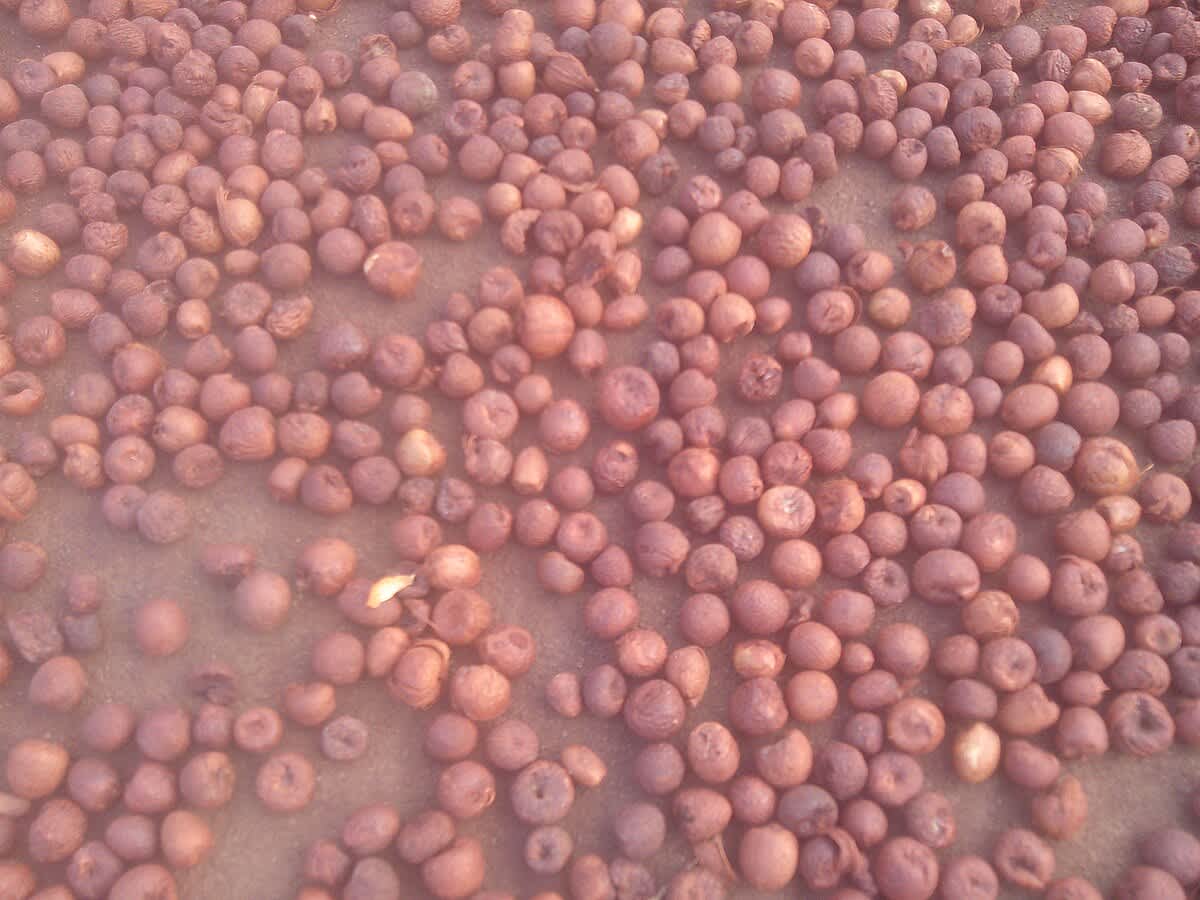
The feature that surprised the team was the lack of staining on the individual's teeth. The team speculates this could be due to different consumption methods, teeth cleaning practices, or post-mortem processes that possibly occurred, which hampered stain preservation. Researchers are unsure whether the individual's different social standing from others was a cause behind his possible betel nut consumption. They have found some stone beads alongside the man, but further examination is needed to determine whether the addition of beads implied a unique status.

Researchers believe that psychoactive plants like betel need to be analyzed in detail because of the legacy they carry. "Understanding the cultural context of traditional plant use is a larger theme we want to amplify -- psychoactive, medicinal, and ceremonial plants are often dismissed as drugs, but they represent millennia of cultural knowledge, spiritual practice, and community identity," Moonkham stated. "Archaeological evidence can inform contemporary discussions by honoring the deep cultural heritage behind these practices."